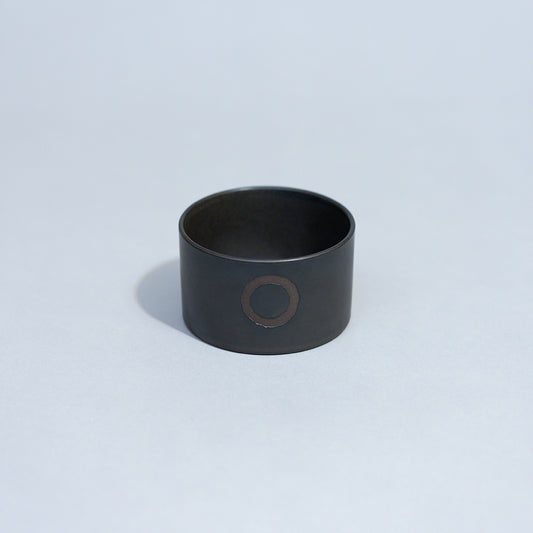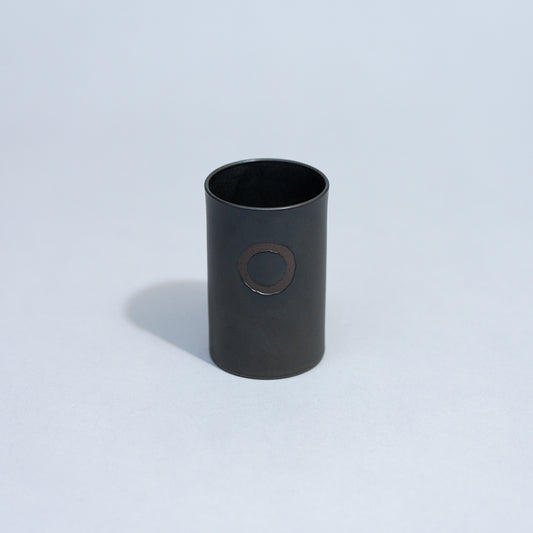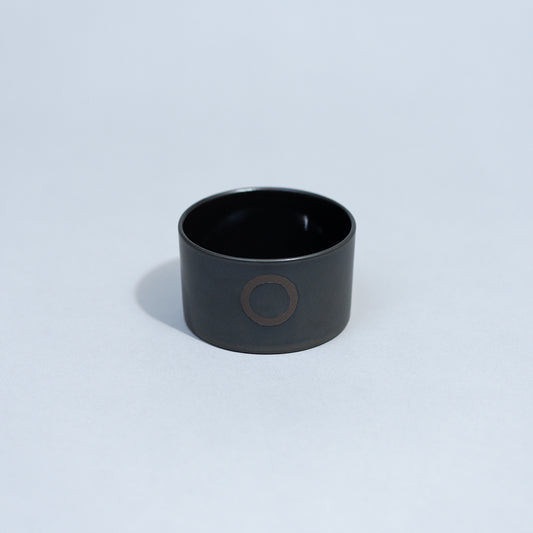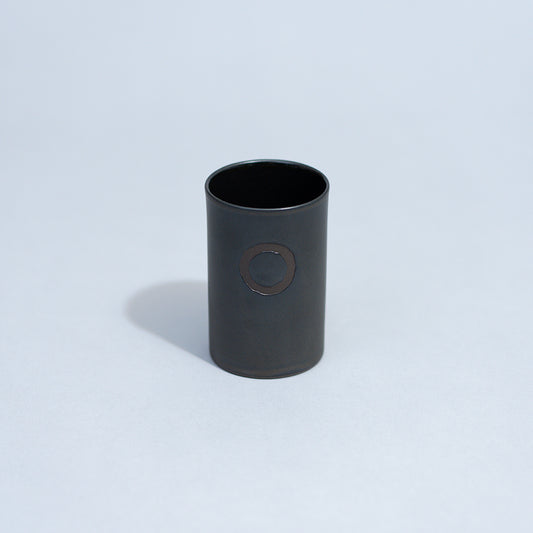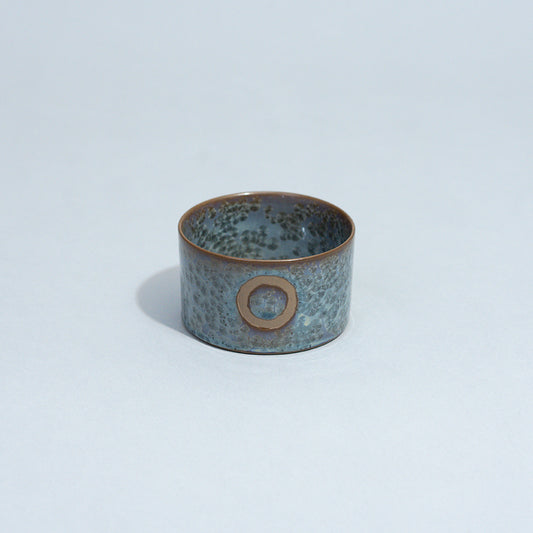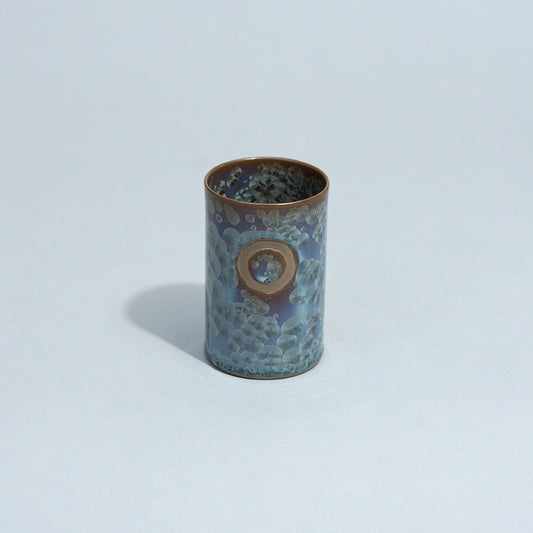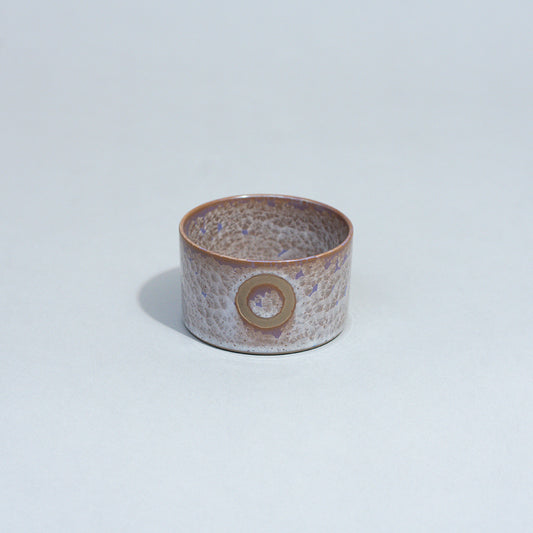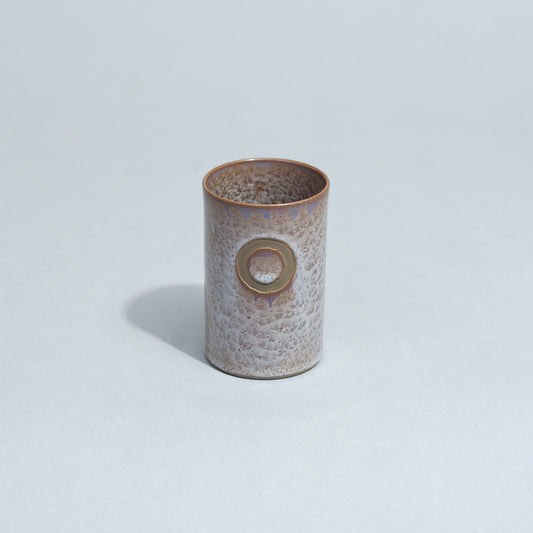We will start selling Japanese tea that was jointly developed with TeaRoom Co., Ltd.
The teas developed this time include "Komyoucha," a Japanese Zen tea supervised by Fujita Keisui, the chief priest of Komyoin, a subtemple of Tofukuji Zen temple in Kyoto; "Hekiryuucha," a semi-fermented roasted green tea; and "Wakocha," a black tea.
◯ Japanese Zen tea "Koumeicha"

To purchase the product, click here>>
"Komyoucha" is a Japanese Zen tea jointly developed by QUTOTEN. and TeaRoom Co., Ltd. under the supervision of Komyoin, a subtemple of Tofukuji Temple.
———The lotus flower, embodying Buddhism
Just as the lotus flower blooms from the mud, the teaching goes that even in the mud of earthly desires, the flower of enlightenment can bloom. (From the five virtues of the lotus flower, "The virtue of being untainted by muddy water")
———The unchanging pine tree is a symbol of timelessness
The Zen phrase "The pine tree has no color, no time or place" teaches that just like a pine tree, whose appearance remains unchanged from the past to the present, the principles of things remain unchanged through the ages.
Taking inspiration from these, the Japanese Zen tea "Komyoucha" was created.
It is based on lightly steamed sencha green tea and is made with a blend of lotus and pine leaves.
The slightly sweet and mellow flavor of lotus harmonizes with the refreshing, herb-like pine leaves, creating a masterpiece that brings out the best in the three ingredients.
Of course, you can brew it in a teapot, but we also highly recommend drinking it as cold brew tea.
Enjoy a refreshing moment with this tea that is different from ordinary tea.
◯ Semi-fermented roasted green tea "Hekiryuu tea"

To purchase the product, click here>>
The name oolong tea is said to come from the tea leaves' black color like a crow and their wavy shape like a dragon.
"Blue Dragon Tea" was named after the beautiful blue-green tea leaves that retain their natural color and do not turn black.
This is "semi-fermented roasted green tea" that combines the "semi-fermentation" method used to make oolong tea and the "pan-roasting" method used to make roasted green tea.
Enjoy the mysterious taste that combines the deep, fragrant aroma of roasted coffee with a vibrant fruity flavor.
・Domestic black tea "Wakocha"

To purchase the product, click here>>
There is a saying that goes, "Shindo Fujitsu (body and earth are not two), which states that the human body and the land on which we live are one and the same.
In other words, things made in Japan may be suited to the Japanese bodies.
"Wakocha" is black tea made by fermenting Japanese tea leaves.
Compared to foreign black teas with their vibrant flavors, it has a more subdued aroma, but it is less bitter and has a natural sweetness.
Imagine the Japanese water, Japanese soil, Japanese wind, and Japanese seasons.
Enjoy the soft flavor of black tea created by the delicate palate of the Japanese.
◯TeaRoom Co., Ltd.

TeaRoom Co., Ltd. is a company founded in 2018 with the philosophy of "Aiming for a kind world without conflict."
Shortly after the company was founded, the company took over a Japanese tea factory and the co-founders moved to Shizuoka, starting a business with two bases in Tokyo and Shizuoka. Production research and development is carried out in Shizuoka, while planning, sales and marketing are carried out in Tokyo.
Currently, we are expanding our business into a wide range of areas, from fields to tea production, research and development, tea sales, cultural activities, production of alcoholic beverages and D2C products, and space production.
Ryo Iwamoto, CEO of TeaRoom Inc. and Associate Professor of the Urasenke Tea Ceremony, has been selected for the Forbes JAPAN 30 UNDER 30 2022 list for his unique perspective on the relationship between the philosophy of tea ceremony and the Japanese tea industry.
|
■ Tea Room Website: https://tearoom.co.jp/ Instagram: https://www.instagram.com/tearoom_japan/ X (old Twitter): https://x.com/TeaRoom_Japan |
◯ Komyoin, a subtemple of Tofukuji Temple

Tofukuji Temple Sub-Temple Komyoin
It was founded in 1391 (Meitoku 2) at the beginning of the Muromachi period as a sub-temple of Tofuku-ji Temple by Kanayama Myocho.
Just inside the temple gate, in the Unreitei garden, there is a statue of Marishisonten, the guardian deity of victory.
Nicknamed the "Rainbow Moss Temple," the main garden, "Hashintei," which displays a stunning harmony of moss and sand, is a dry landscape garden designed by Showa-era landscape designer Mirei Shigemori, and was created in 1939 along with the Tofuku-ji Temple Hojo Garden.
Hashintei is a Heian-style coastal garden with a different feel from the Hojo Garden. In reference to the temple's name, "Komyō," meaning "light," standing stones are arranged in a diagonal line around a triad of stones floating on the white sand, representing the ocean.
The Satsuki azaleas behind them are heavily pruned to create dynamic cloud patterns, and if you look up further you can see the teahouse "Rokugetsuan."
Rokugetsuan, which takes its name from the Zen phrase "Clouds do not rise above the mountains, the moon falls into the heart of the waves," was built in 1957.
The windows, walls and shoji screens feature a moon motif, allowing visitors to enjoy the moon rising in the eastern sky from Namishin Garden.
It is said that Marishiten, mentioned above, is also sometimes depicted riding on the moon, and the intricate and skillful furnishings, consistent from the temple's name, Komyo, to Rokugetsuan, bring about beautiful scenery and peacefulness to the soul.
|
■ Komyoin, a subtemple of Tofukuji Temple Website: https://komyoin.jp/ Instagram: https://www.instagram.com/komyoin/ |




![[商品情報]株式会社TeaRoomと共同開発した日本茶3種を販売開始](http://qutoten.jp/cdn/shop/articles/tea-cup_0822.jpg?v=1724376899&width=1100)
